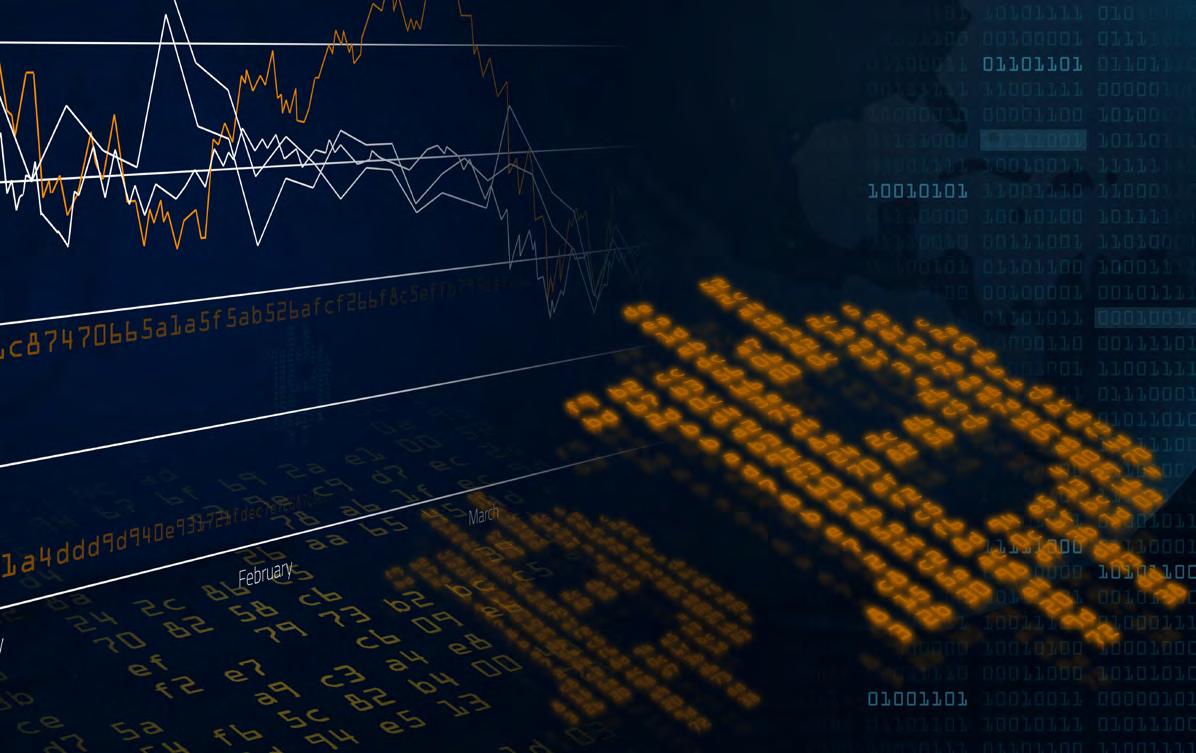
4 minute read
Executive summary and recommendations
As evidenced by international public law and the domestic laws made according to the public policy of nation states, corruption is not and should not be acceptable. This report outlines figures on its effects, considers new relationships between economic, industry and FDI flows and the perceptions of corruption. The report looks at data collected over the last decade across as many countries as possible and asks the question, how has the fight against corruption gone? Are we really combatting it?
The three metrics we consider against the Corruption Perceptions Index (CPI) are: • GDP per capita, PPP (constant 2017 international $)
• Industry (including construction), value added per worker (constant 2015 US$) • Foreign direct investment, net inflows (BoP, current US$)
A key aspect of the FIDIC value of integrity is transparency and the manner in which the data was analysed and presented is critical to the validity of the findings and recommendations in this report.
So, what do the results reveal?
1. Reducing corruption across the economy (GDP per capita) correlates with higher levels of GDP per capita.
2. Reducing corruption within the industry (based on the value added per worker) correlates with higher levels of economic activity.
3. Net FDI flows whilst having a positive correlation with corruption reduction the extent of the relationship was less than expected, but due to the scale of significant sums involved is thought likely to have a significant impact.
Looking at the change over the period using individual year plots it is shown that:
1. The relative cost of not reducing corruption over the past decade in GDP per capita is increasing but adjusting the model to represent a situation where 0 economic activity means there would be 0 corruption the pace of improvement slows significantly.
2. The relative cost of not reducing corruption over the past decade in industry value-added per worker is increasing but adjusting the model to represent a situation where 0 industry value-added means there would be 0 and corruption the pace of improvement again slows significantly.
3. The above suggests that the cost of not reducing corruption over time is currently greater a part of expectations and behaviour but may not be feeding through to reality by applying a few simple economic assumptions. As such, efforts to tackle corruption need to be increased significantly.
4. The relative cost of reducing corruption in FDI flows, whilst positive, appears to be linked more to economic cycles than providing a consistent trend of improvement.
So, what does this mean?
The report considers actions of various institutions including MDBs, IFIs, FIDIC and other industry participants and given their increasingly harder stances on reducing corruption, it does appear that the cost both across the wider economy and within the sector is increasing, thus putting pressure on those that undertake such practices.
The results do, however, also reveal that there is a long way to go. For example, if we consider a previous estimate of the cost of corruption - the UN using and commenting on WEF analysis – this suggests that there is a $2.6 trillion cost of corruption (5% of GDP).iii
This report relies on (rather than replaces) calculations by leading organisations regarding the current cost of corruption, although it does present a calculation which contends that the global community is not moving fast enough to mitigate and prevent corruption and to reduce and eliminate its related costs.
Using ILO data from the latest period on construction employmentiv and the industry cost (which includes construction per point improvement) calculated as part of the reports analysis across various countries, the difference in the cost of action of not reducing corruption by one point on the corruption perceptions index for each country is approximately $38bn.
Consider then the latest CPI scores for 2021 and in a true drive to reduce corruption you raised all countries scores by ten, so no country was below 20 that is now worth $380bn in value-added lost in the industry (including construction) sector.
So, the message is clear, the industry is moving in the right direction but nowhere near fast enough in light of the $7 trillion dollar-a-year challenge to achieve the SDGs and the net zero need.
Given the analysis in this report we make four key recommendations: 1
Recommendation 1 – If the economic cost of not tackling corruption (or alternatively the benefit of combatting corruption) continues as outlined in this report, it will be important to monitor change and progress. As such, FIDIC will work with organisations such as Transparency International, MDBs etc through its Infrastructure Global platform to monitor and provide updates on the analysis this research has highlighted.
2
Recommendation 2 – Given that corruption continues to evolve over time, FIDIC will ensure that its tools to help the sector reduce corruption continue to adapt. These tools will increasingly have to become more sophisticated to identify corruption in its many forms.
3
Recommendation 3 – The importance of tackling corruption is recognised and communicated by FIDIC and its member organisations, yet, corrupt conduct still occurs and corruption still exists and FIDIC strongly urges its stakeholders to participate with FIDIC in the previous two recommendations so that each International Anti-Corruption Day can be used as a check-in point for those activities performed and successes and challenges experienced rather than an annual recognition that something needs to be done to identify, record, report, mitigate and prevent corrupt conduct and corruption.
4
Recommendation 4 – FIDIC will bring the topic of anti-corruption to the attention of global leaders. This may be done through its Global Leadership Forum. FIDIC will explore holding a dedicated annual Anti-Corruption Summit to bring key stakeholders together across the industry to discuss the latest developments and trends in the fight to combat corruption in the engineering, construction and infrastructure industry.










